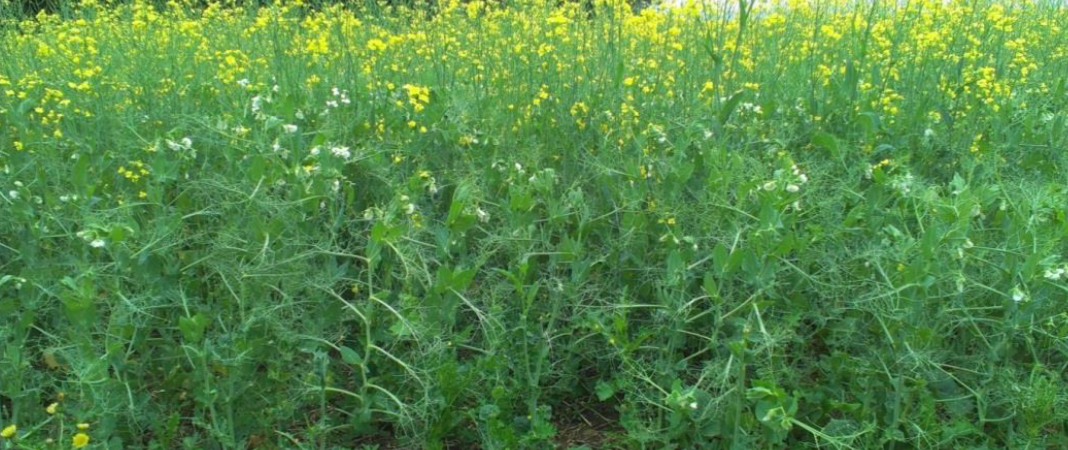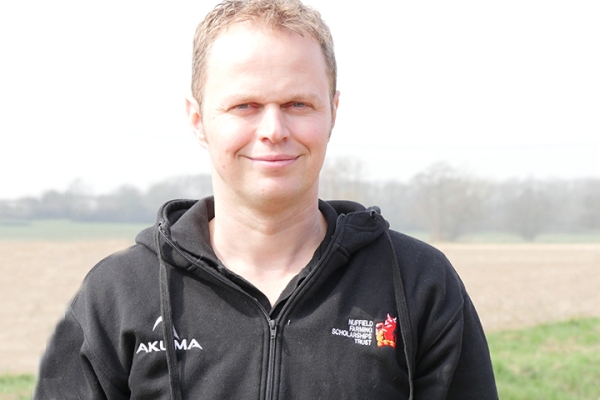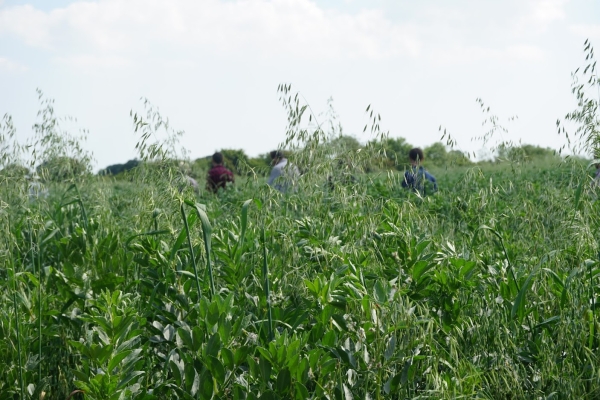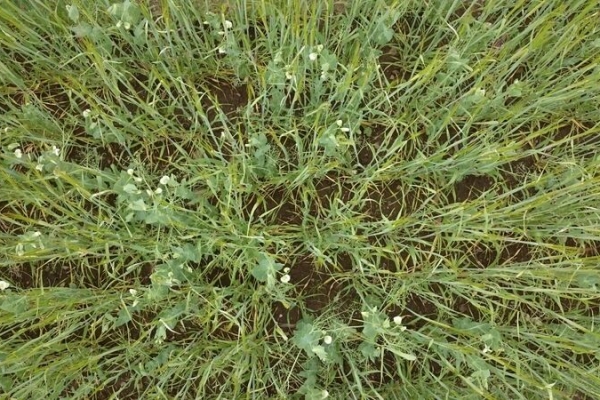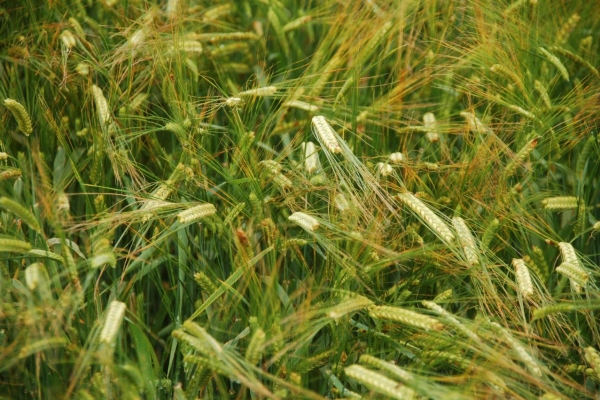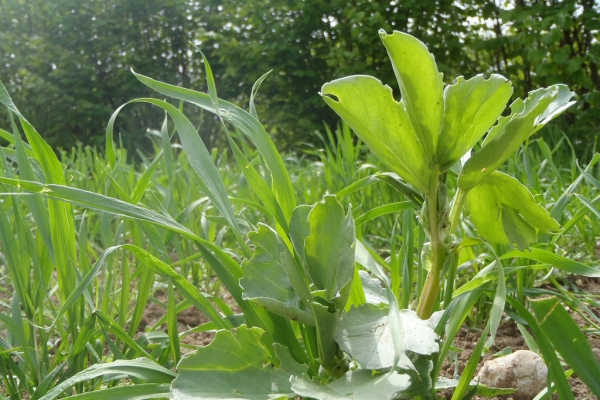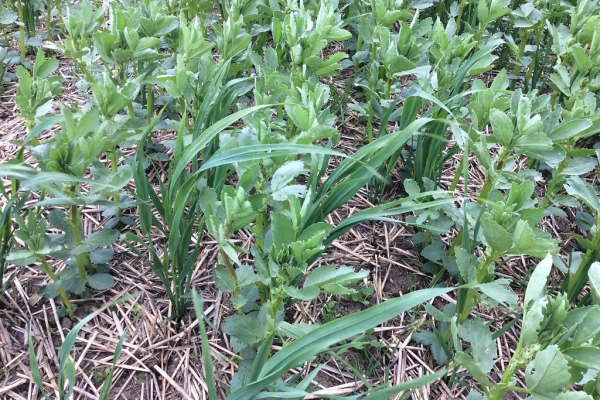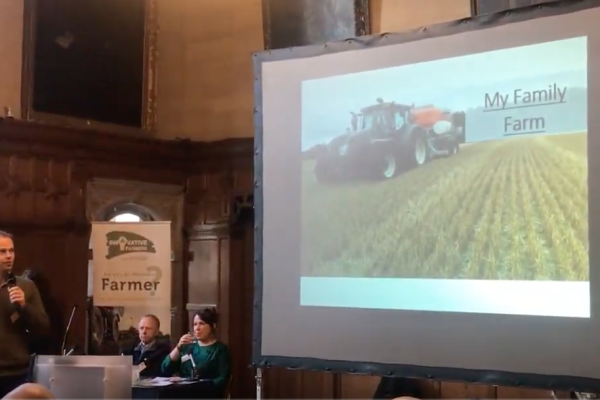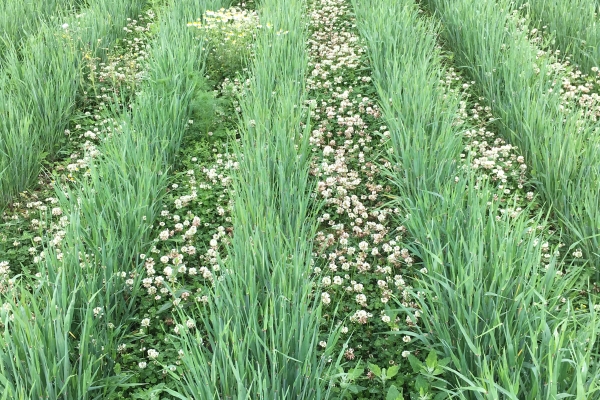The potential for companion cropping and intercropping on UK arable farms
A Nuffield Farming Scholarships Trust Report
Resource explained
This Nuffield Report by Andrew Howard provides an introduction to intercropping and guidance for UK arable farmers to help encourage on-farm experimentation. With a rise in the prevalence of weed, insect and disease resistance brought on by monocultures and high-input farming, intercropping can help us grow crops with lower inputs. This report makes the case for its potential to regenerate degraded soils and increase productivity for arable systems increasingly reliant on external inputs. It introduces terminology, methods for measuring the performance of intercropping systems, and explains the benefits and drawbacks for different aspects of farming, including economics, weed, disease and pest control, and nutrition and soil. Andrew describes 12 different intercropping systems; from relay cropping and undersowing to more complex agroforestry systems and forest gardening. He then makes some recommendations of the most relevant intercropping techniques and crops for the UK’s arable systems, and provides examples of successful systems from across Europe, USA and Africa.
Findings & recommendations
- Companion cropping and cereal/legume intercropping have the potential to produce 30% higher yields on average. Combined with reduced off-farm inputs and higher yield stability, this can result in higher incomes and lower risks for farmers.
- There is huge potential for intercropping in the UK’s main arable crops such as small cereal grains, oilseed rape, linseed and maize.
- Intercropping is a management and knowledge-intensive approach to farming. Successful intercropping systems require good planning. Every farm, soil type and climate will lend itself to different cropping combinations.
- Intercropping needs to be considered as part of a whole farm-scape design which should consider the benefits beyond nitrogen fixation such as whether disease and pests will be improved or worsened.
- There is a need for increased plant breeding in intercrops as current varieties may be unsuitable for UK cropping systems.
- The report includes information on options for machinery that can be used for farming intercrops, and a useful checklist if you are considering starting intercropping and need some planning tips.
- There is a current lack of machinery tailored for intercropping systems – there needs to be greater collaboration between farmers and machine designers.
- Intercropping has huge potential for regenerative agriculture and UK arable farms in particular.
Also see ‘Is intercropping the way forward for arable?‘
